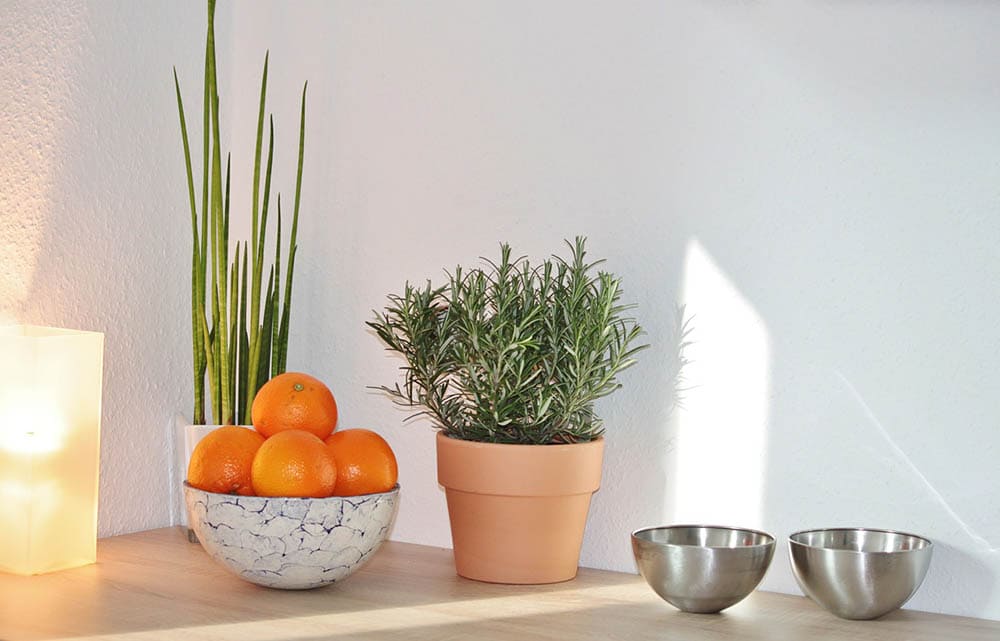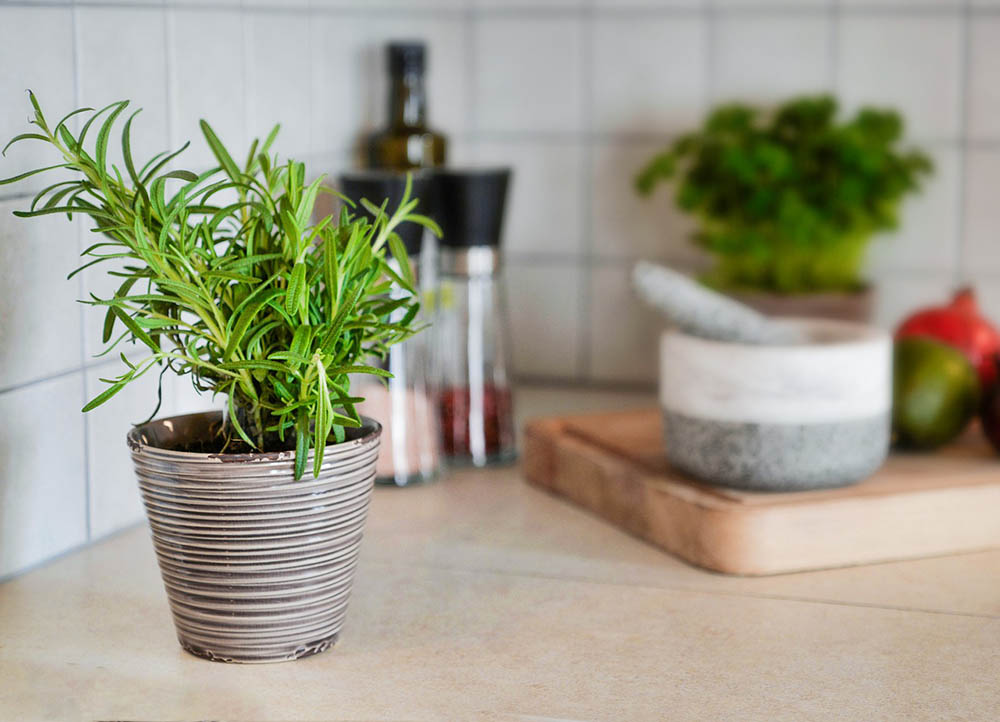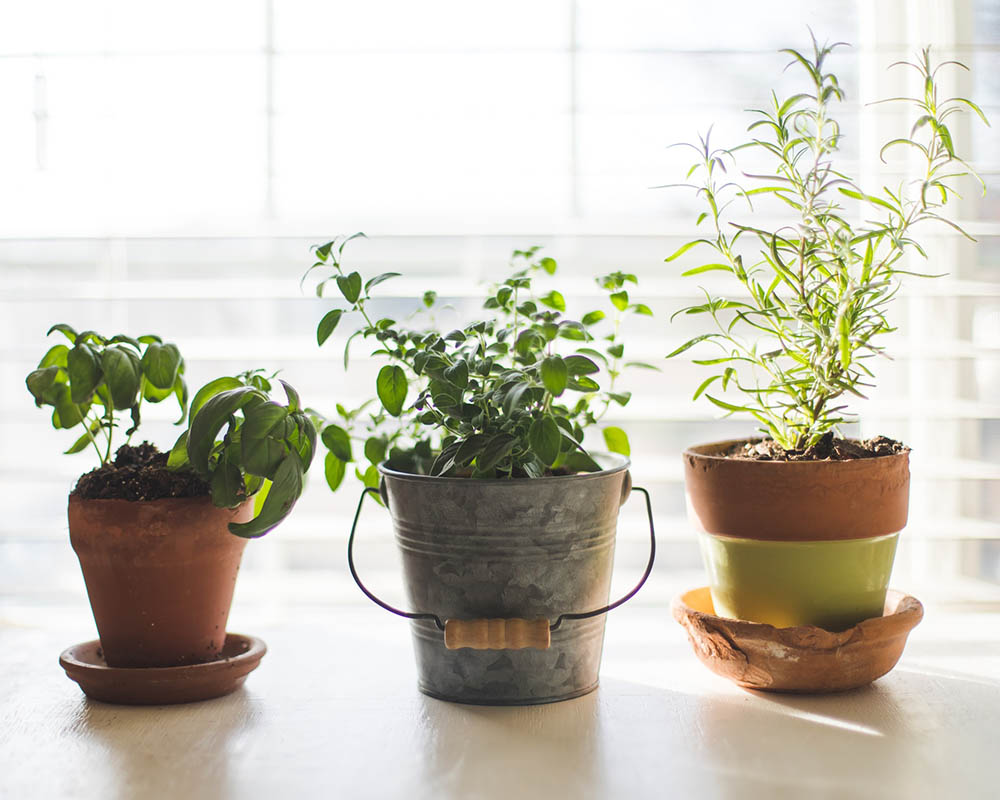Can You Grow Rosemary Indoors? Tips, Tricks, and How-to Guide
-
Ed Malaker
- Last updated:

Many people like to grow their herbs indoors, where they’re easy to reach when needed. Several herbs also produce a nice fragrance that can improve the aroma in your home. Many people want to know if it’s possible to grow rosemary indoors. The short answer is yes, but it’s a bit more difficult to do compared to some other herbs. Keep reading as we discuss what to look for and provide you with a step-by-step guide to producing a nice harvest from indoor rosemary.
How to Grow Rosemary Indoors
Getting Ready to Plant
You can either start your rosemary from seed or by clipping off an already growing plant. It’s easier for most people to find seeds, but obtaining clippings can greatly speed up the process, and you could skip many of these steps if you have a clipping.
One thing that can discourage many new growers is that it can take quite a while for rosemary seeds to germinate. So many people think that they did something wrong and give up. Just know that it can take longer than you might expect to see your work pay off if you start from seed.
1. Choose Your Location
Rosemary is an herb native to the Mediterranean area of the world, which means it likes plenty of direct sunlight. It’s important to choose the sunniest part of your home to grow these plants, but even with good placement, you may still need to use electronic lighting, especially if you are hoping to grow several plants. Grow lights are easy to find online or in your local home improvement center, and they’re often not that expensive, especially if you are only growing a small garden.

2. Choose Your Soil
Rosemary likes well-drained soil, so you need something sandy or loamy. Look for a brand that specifically states that it’s for house plants. Soil formulated for bonsai or succulent plants will also work well.
3. Plant Your Seeds
Plant your rosemary seeds in a seed tray of well-drained soil very close to the top, with only a thin layer of soil covering them. Use a spray bottle to lightly mist the area to dampen it without making it too wet. Continue to occasionally mist the surface to keep it damp until the seeds germinate, but be careful because they are especially prone to water damage at first.
4. Use a Heating Pad to Speed Up Germination
There are several brands of heat mats available that you can put under your seed tray to warm the soil temperature and speed up germination. These mats are waterproof, and you can get them in different sizes to suit any indoor garden. Most mats can maintain the soil temperature to between 70 and 80 degrees. More expensive units will give you more control over the precise temperature, but even low-cost models work well.

5. Choose Your Container
Once your seeds germinate and get their second set of leaves, it will be time to place them in their permanent home. Terracotta pots work best because they help the soil drain, but you can choose any type as long as there are plenty of large drainage holes that will help prevent the plant from getting too much water. We recommend a pot at least 12 inches across and 12 inches deep. It may seem like too much for such a small plant, but the extra soil helps insulate the roots from the surrounding environment. Fill the pot with the loamy, well-draining soil that you used to germinate the seeds. You will not need to add any fertilizer.
6. Water Your Rosemary
Rosemary likes to have dry roots, so you will only need a small amount of water when the topsoil feels completely dry, which can take a week or two in some cases. Some gardeners recommend a good soak every 4 to 6 weeks. However, rosemary also enjoys a humid environment, which you can mimic by spraying the plant’s leaves every few days without getting too much water on the soil. Spray the leaves more often when using your home’s heating because that dries out the air.
7. Harvest Your Rosemary
You can harvest small amounts of your rosemary any time of the year, but it’s good to harvest more frequently in the spring, to encourage faster growth. Many gardeners recommend weekly trimmings in spring to keep the plant healthy.

Other Tips
- Rosemary likes warm temperatures and will do best when it stays between 55 and 80 degrees. Frost or any temperatures below 30 degrees can potentially damage the plant.
- If using artificial lighting, choose a brand that uses LED lights that don’t create any heat, so there is no risk of damaging the plant or creating a fire hazard.
- Use your full-spectrum lighting for at least 14 hours a day for maximum plant growth.
- Keep your soil pH between 6.5 and 7 for the fastest plant growth.
- Clay and terracotta pots help the soil dry evenly.
- Prep your rosemary pot off the ground to ensure proper drainage.
Summary
Most people who struggle to grow rosemary indoors either water too much or don’t provide it with enough light or both. If you live in a city or there are trees outside your window, it’s unlikely that enough light will enter your home to create a good growing environment for rosemary, so you will likely need to purchase a growing light. Water it only when the soil feels completely dry. A complete soaking every 4 weeks usually works perfectly as long as you have soil and a pot that drains well. It can take a while to get rosemary started, but it grows nicely when it catches on, and you can speed up growth by pruning it in the spring.
Featured Image Credit: cocoparisienne, Pixabay
Contents
